Portus Lemanis
The ruins of a Roman fort lie in the shadows of an imposing medieval castle.
Portus Lemanis was one of a number of coastal fortresses that were built during the late Roman empire known as the Litus Saxonicum (Saxon Shore) that were strategically placed along the English channel to provide military defense against would-be invasions from the continent. The constructions of such edifices reflected a current of fear that had begun to ripple through all the outposts of the Roman Empire as events in Europe reached a crisis point.
Incursions by “barbarian” tribes had increasingly begun to break through the Roman lines of defense that were in turn weakened by the internal political and economical decline of Rome as an imperial power. In response to these rising threats, fortresses like Portus Lemanis were hastily built and occupied by Roman legionaries until the collapse of the Roman rule of in Britain in 407. In the decade that followed, the forts were gradually abandoned as the soldiers returned en masse to defend Rome from the imminent threat of marauding Germanic tribes.
As such, it is likely that Portus Lemanis was never actively used in defense against the Saxon tribes, who would eventually go on to invade, conquer, and colonize Britain in 440. During Roman times, the shoreline reached the position of the fort; however, in subsequent centuries, the land that was then submerged beneath the sea was reclaimed by humans due to a drainage system that helped to form what is now known as the Romney Marsh.
Around the 13th century, a castle was constructed on land overlooking the Roman ruins. The castle never saw service in any military campaigns, and over many centuries it fell into periodical states of abandonment and decay until the First World War, whereupon it was used as a military barracks. In later history, the castle was used as a recording studio by Paul Mccartney’s band “Wings” to record the album Back to the Egg, along with other notable musicians from bands such as Led Zeppelin, Pink Floyd, and The Who.
Know Before You Go
The archeological site of Portus Lemanis is today located on private land, so it is not possible to get close up to the ruins. The castle opens to the public on certain days each year, see its website for details.
A public footpath winds up alongside the area that offers fine views of the ruin against the backdrop of the English Channel. The footpath also winds up alongside the Roman ruins border the enclosures of several species kept by the neighboring Port Lympne Zoo. This provides an excellent (and free!) opportunity to admire incredible animals such as giraffes, wild dogs and black rhinos alongside the historic sites and the spectacular view across the surrounding countryside and coastline. Please do not feed any of the zoo animals in the nearby enclosure


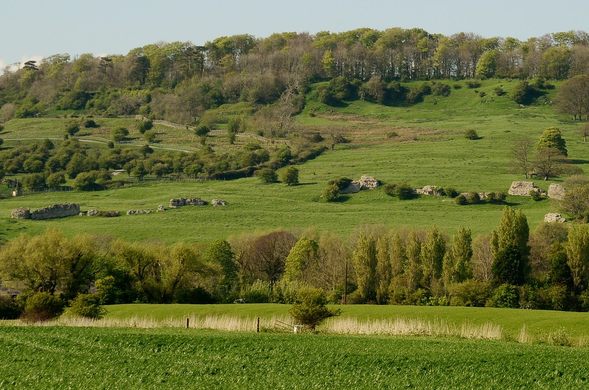











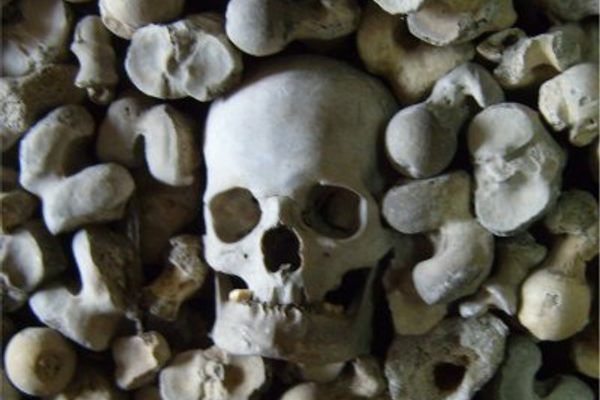
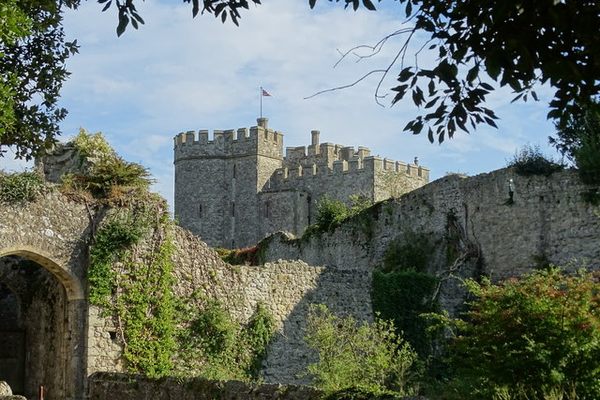
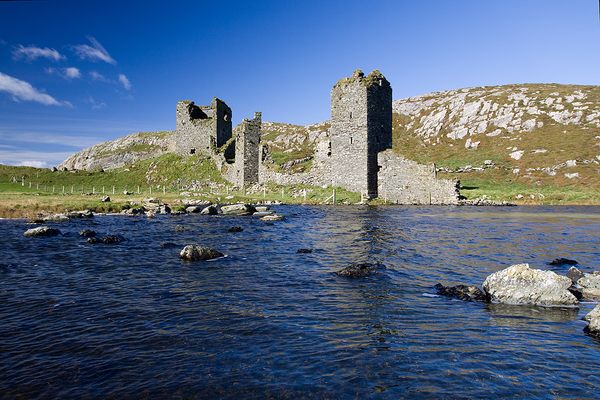
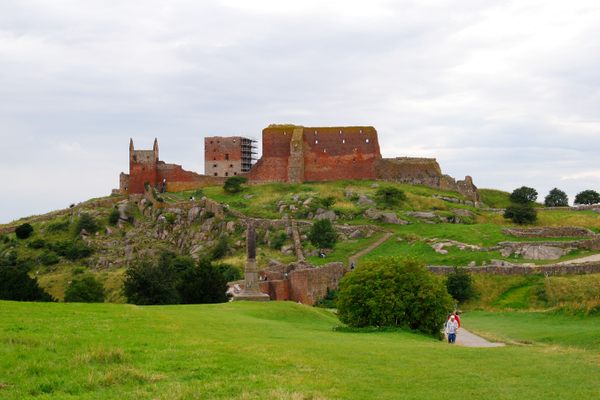
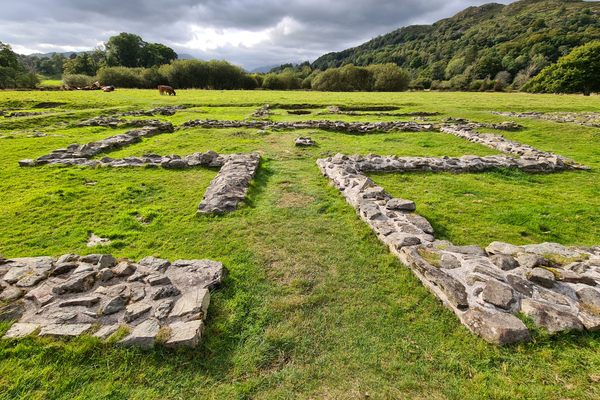
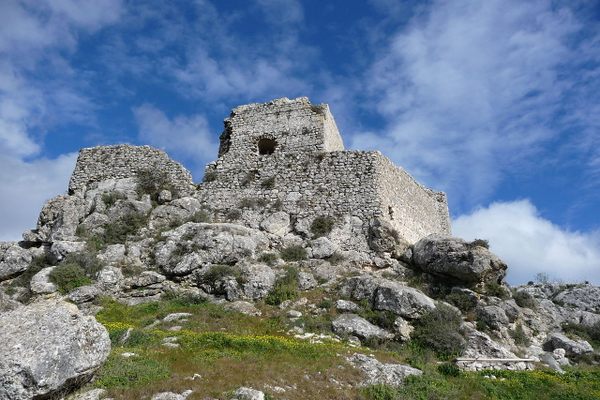


Follow us on Twitter to get the latest on the world's hidden wonders.
Like us on Facebook to get the latest on the world's hidden wonders.
Follow us on Twitter Like us on Facebook